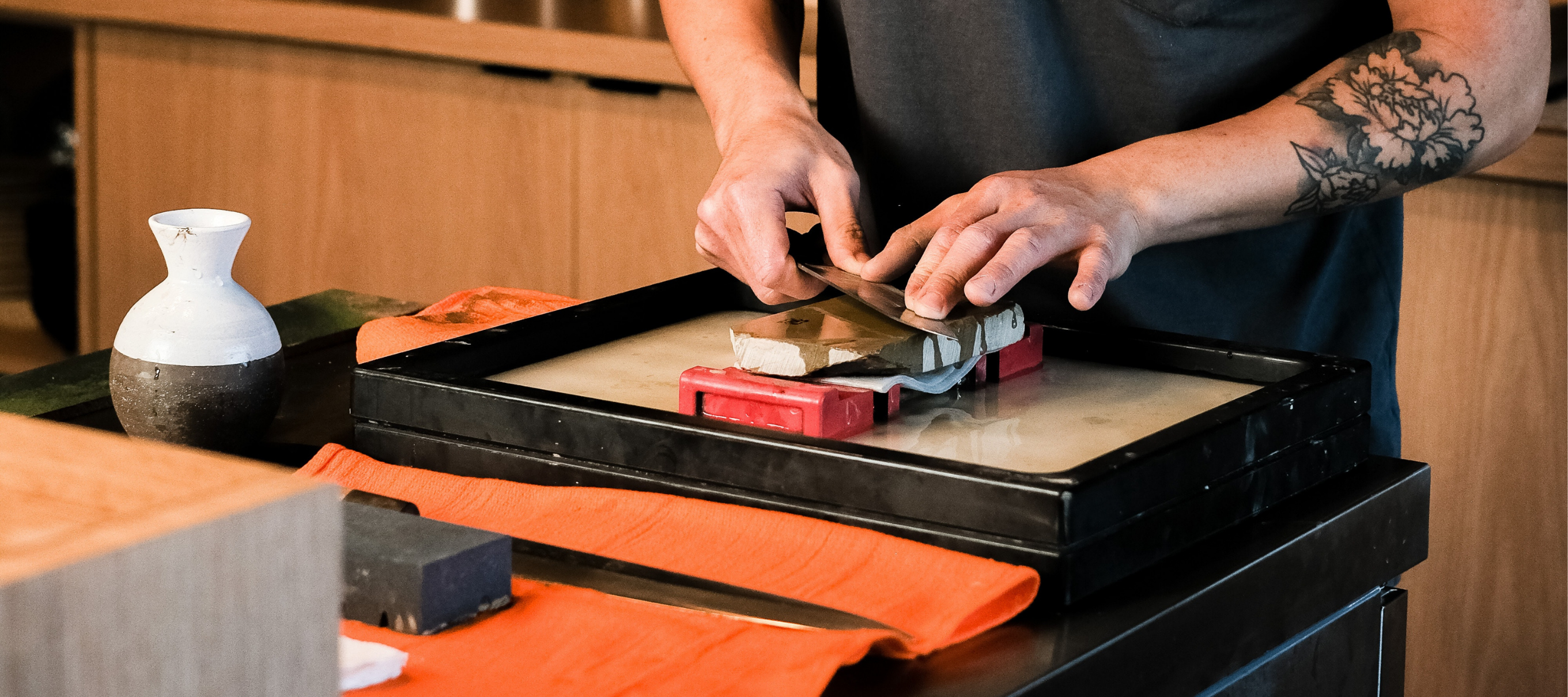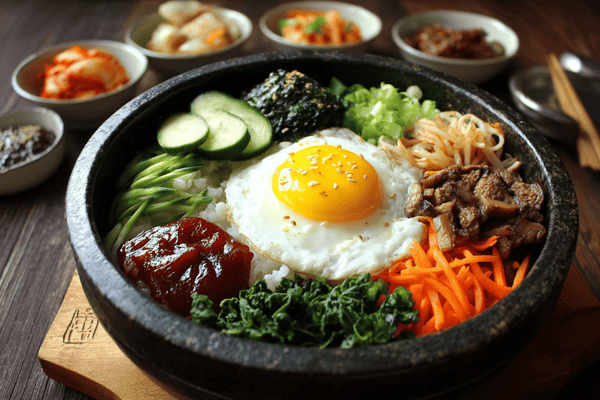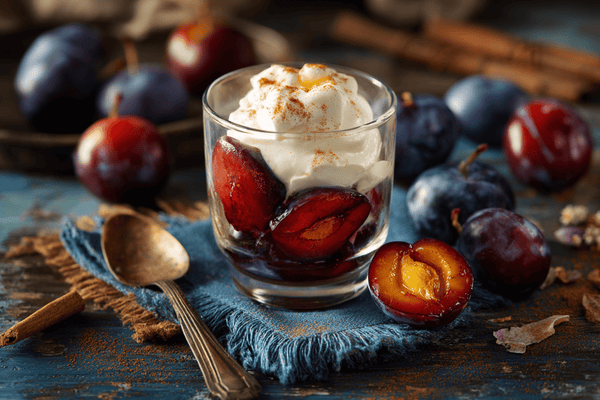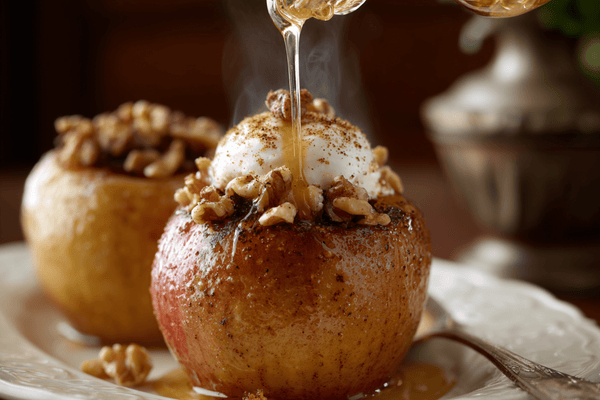
When it comes to keeping your knives in tip-top condition, there is nothing quite as important as keeping the blades sharp. Not only will a dull blade affect your ability to cut efficiently, but it can also be dangerous. So, using a whetstone to keep your blades sharp is essential.
But when it comes to shopping for a whetstone, you will quickly notice that there are a number of choices in terms of grit. This can leave knife owners feeling confused but there’s no need to be. Our handy guide on choosing the right grade of whetstone will tell you everything you need to know.
Table of contents
What Is a Whetstone?
The Japanese whetstone is sometimes called a water stone and can be made from both synthetic and natural materials. These tools are used to sharpen knives thanks to their ability to work quickly and effectively. But they aren’t only used for sharpening Japanese knives; they can be used for western blades too!The stones are made from tiny particles that are bound loosely together to form the stone. As you sharpen your knife, these particles fall away and reveal newer, sharper ones beneath. When using a whetstone, you must first lubricate it using water. A common mistake for newbies is using oil to lubricate the stone but this is a huge no-no!
A Brief Introduction to the Different Whetstone Grits
The whetstone is available in a selection of grits and each one is designed for a different purpose. We will look at this in a little more detail later on but for now, here’s a quick rundown.● Whetstones with a grit of less than 1000 are usually used for knife repair such as a chipped edge.
● Grits between 1000 and 3000 are used for general knife sharpening.
● Grits between 4000 and 8000 are known as finishing stones and these can be used to refine the knife edge.
What Stone Should I Use?

The grade of whetstone you use will vastly depend on what you are trying to achieve. It’s no good buying the first thing you stumble upon as there is a risk of damaging your knife if you use the wrong grit. For example, if you were to use anything higher than 6000 on a meat-cutting knife, this could cause the blade to bend when in use.
If you are looking to sharpen a very dull blade then you would need a much lower grit of no more than 400. However, when it comes to regular knife sharpening, you will fare very well choosing something between 700 and 2000.
For those looking to refine the knife, remove scratches and get rid of marks left when using a coarse stone, you might choose a finishing stone. These start at 2000 grain and most Japanese stones will not go any higher than 8000. Although in theory, there would be no upper limit, not that going ridiculously high would make any noticeable difference, hence the Japanese scale ending where it does.
When choosing a suitable grit, it is evident that you will almost certainly need more than one stone. Having at least three will enable you to complete all types and tasks relating to knife sharpening although nothing is stopping you from gathering a larger collection of whetstones. That said, it’s important to consider your level of experience. If you are skilled at sharpening then working with finer stones up to 8000 is great but for a beginner, this might prove to be a challenge. Therefore, sticking to something no more than 6000 grit will allow you to produce acceptable results. You can always move up as you get better.
It is also possible to purchase a combination stone which is a great choice for people who don’t sharpen their knives all that often. These stones allow you to grind, sharpen and hone all in one.
How to Look After Your Whetstone

It doesn’t take us to tell you that it’s super important to look after your knives, but what a lot of people fail to realise is that a whetstone needs just as much TLC if it is going to do its job effectively.
Before you use your whetstone, you will need to lubricate it using water. It is vital not to use oil as this will damage the stone and potentially make it unusable. A lot of online articles and blogs will talk about the use of oil for sharpening but this does not apply to whetstone.
If the grit is higher than 3000 then it is essential not to soak the stone in water as this will do more harm than good. Instead, we would recommend simply splashing a small amount of water onto the stone to avoid saturating it.
When you have finished using your whetstone, it is important to make sure that you allow it to dry thoroughly. Air drying is the ideal method here but ensure that all moisture is gone before storing the stone in its box. Failing to do this comes with a risk of mould developing on the stone which will likely affect its quality and ability to sharpen effectively.
Final Thoughts
A whetstone is an important tool for any chef and allows you to grind, sharpen and hone your knives quickly and easily. However, since they come in so many different grits, it can be challenging to figure out which one you need.Generally speaking, you will need at least three whetstones, one for each sharpening task. Coarser stones up to 400 grit are ideal for grinding whereas anything up to 2000 grit will improve the sharpness of a dull knife. When it comes to honing and refining, you might need something up to 8000 grit unless you are a beginner, in which case, we would recommend not going any higher than 6000 until you have developed your skills


